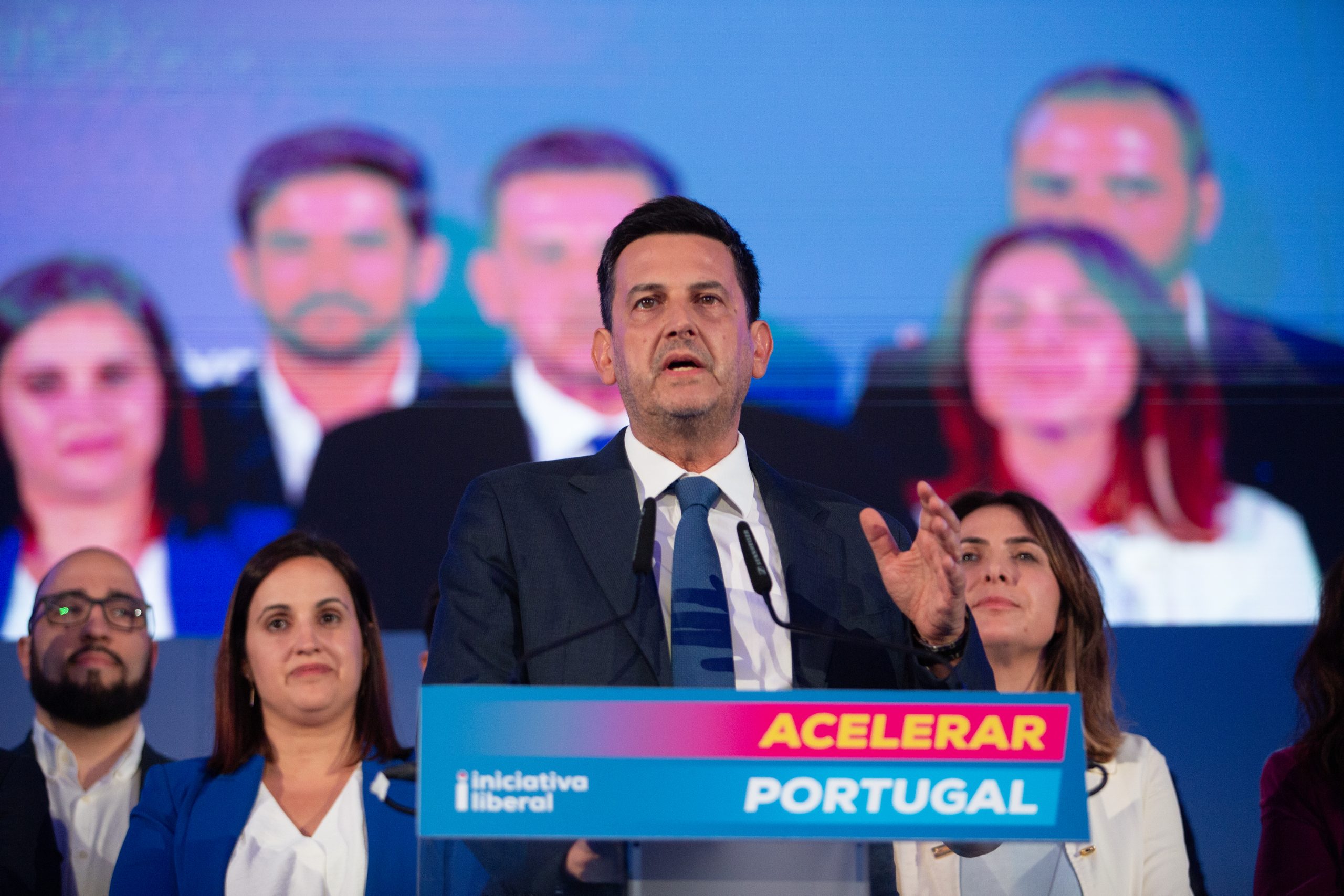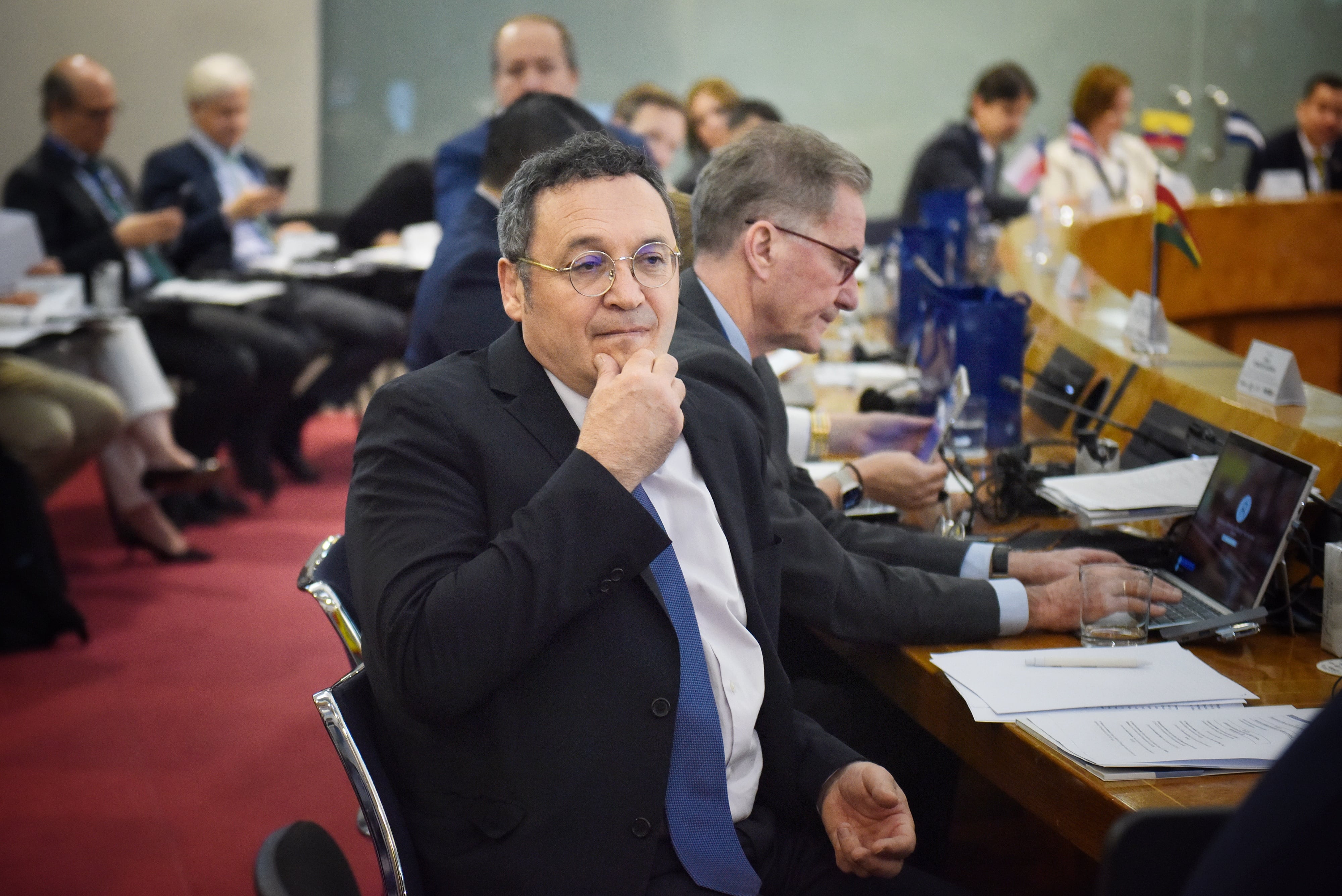Ferrari F50. A Formula 1 for the Road

Launched at the 1995 Genève Motor Show to celebrate Ferrari’s 50th anniversary, this super -sports had the Rampante Cavallino brand DNA and follows other striking models in Ferrari’s history how the 288 GTO and F40 were like. Luca Di Montezemolo, president of Ferrari between 1991 and 2014, asked her engineers to create a two -place model that inherit all the knowledge and experience of the competition. He wanted a sports that replicated as faithfully as possible the experience of driving a formula 1… but on the road. This is how he was born the one who became the reference of sports in the 1990s. Only 349 copies were produced between 1995 and 1997, which made F50 the closest road car to a formula 1, but also one of the rarest.
Designed by Pininfarin, the F50 is a model with stylized and elegant lines – aesthetics was at the service of aerodynamics – the body was produced in carbon fiber, kevlar and name. The F50 could have the shape of hood or targa when the roof was withdrawn. In terms of image, it was completely different from other Ferrari. It stood out for the rounded lines of the entrances and air outputs and an even more radical rear wing than the F40 to optimize stability at high speed. At 300 km/h, the rear axle was pressed at 190 kg against the ground, while at the front the aerodynamic work generated 120 kg to a total of 310 kg. Only the round rear headlights and the side cut with satin black finish were known to other Ferrari. As the rigid roof could not be stored inside, the F50 had a small canvas hood so when the owner wanted to accelerate in the open.
Formula 1 technology
At the mechanical level, Ferrari changed the V8 turbo engine of the previous super -sports for a powerful 4.7 -liter 520 hp aspirated V12 at 8,500 rpm, which was mounted in a rear central position. An enormity for the time, especially for a traction car behind. The engine was developed from the V12 3.5 that equipped the Formula 1 monolugar with which Alain Prost and Nigel Mansell won six races in 1990. The performances were equally impressive: 325 km/h top speed, 3.8 s from 0 to 100 km/heo first kilometers was done at 21.7 s.
Monocoque and body panels were made of carbon fiber. Conceived by Ferrari Engineering, Chassis was conceived following the competition experience to satisfy the most demanding customers. In another direct reference to monolugar, the engine and transmission formed a unique element that was directly bolted to the chassis, such as formula 1 monoligles.
The suspension derived from the competition and included Bilstein shock absorbers, with electronic cushioning. The front suspension was mounted directly into the monocoque, with a tubular substructure designed to support the radiator and auxiliary equipment, and the push-rod rear suspension was anchored to the motor/transmission assembly and it was possible to see the engine through the rear glass. Brembo has provided ventilated and perforated brake discs to help stop is a furious machine.
Goodyear has developed Eagle Fiorano tires specifically for the F50, with measurements 245/35 ahead and 335/30 behind. The tires were in 18 -inch star -shaped rims made in an aluminum and magnesium alloy.
The interior was quite spartan, but it had a showy LED panel, something very advanced for the time. The F50 would be the last supercar to be produced with a six -speed manual box. The F50 driving was brutal, for he had no assisted direction, nor serving in braking, it was all pure and hard.
For all this, this super-sport has become a valuable collection piece. In an auction organized by RM Sotheby’s in Miami, an F50 was sold for 5.1 million euros! When it was released, the F50 cost 610 thousand euros and was available in Ferrari red, dark red, yellow, silver and black. Brunei’s sultan, Hassanal Bolkiah, was the main Italian brand customer by buying several F50 to join his impressive collection with over 2,500 unique cars.
A year after the presentation of this super -sports came the F50 GT for track races. The car had a fixed roof, a huge rear wing, new new front spoiler and many other aerodynamic appendages. The 4.7 liter V12 engine was squeezed to 750 hp at 10,500 rpm and a sequential gearbox was mounted that replaced the manual transmission of the series model. It reached 367 km/h top speed and accelerated from 0 to 100 km/h in 2.9 s. The F50 GT was faster than Sport-Prototype 333 SP built by Michelotto especially for the competition that had the same mechanics. Only three units were built in partnership with Dallara and ATR with an estimated price of 1.3 million euros. Ferrari would cancel the F50 GT project, betting on all formula 1 chips.







